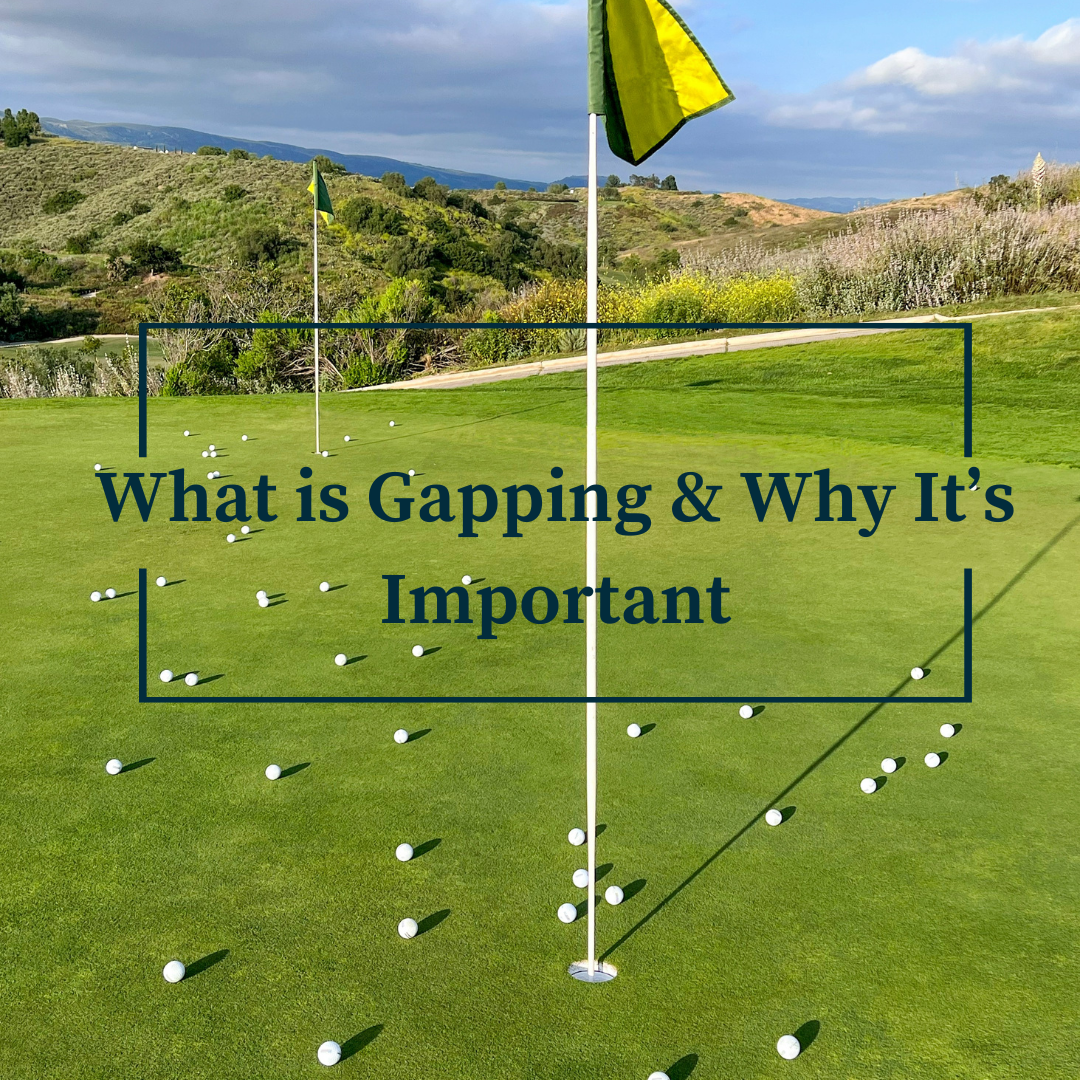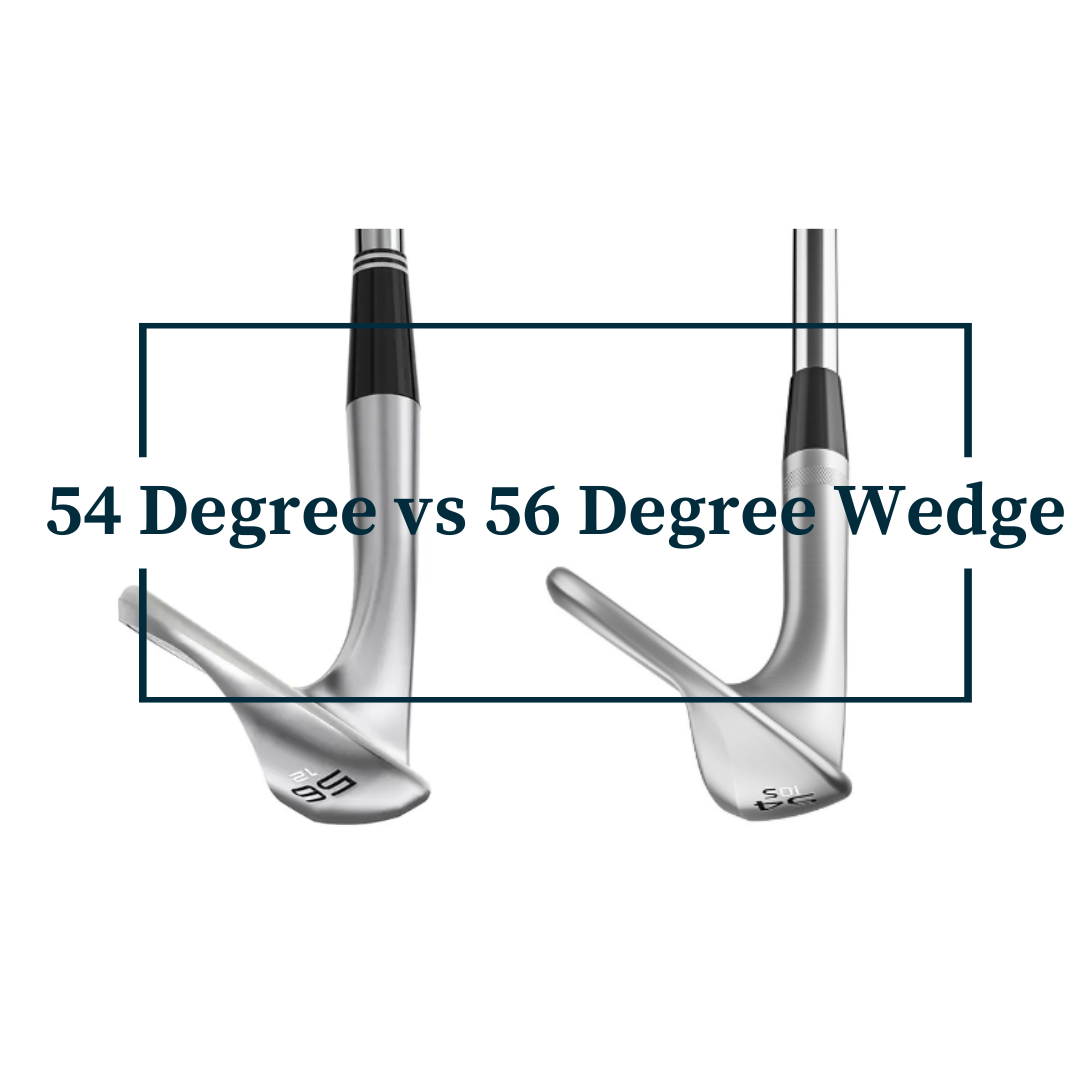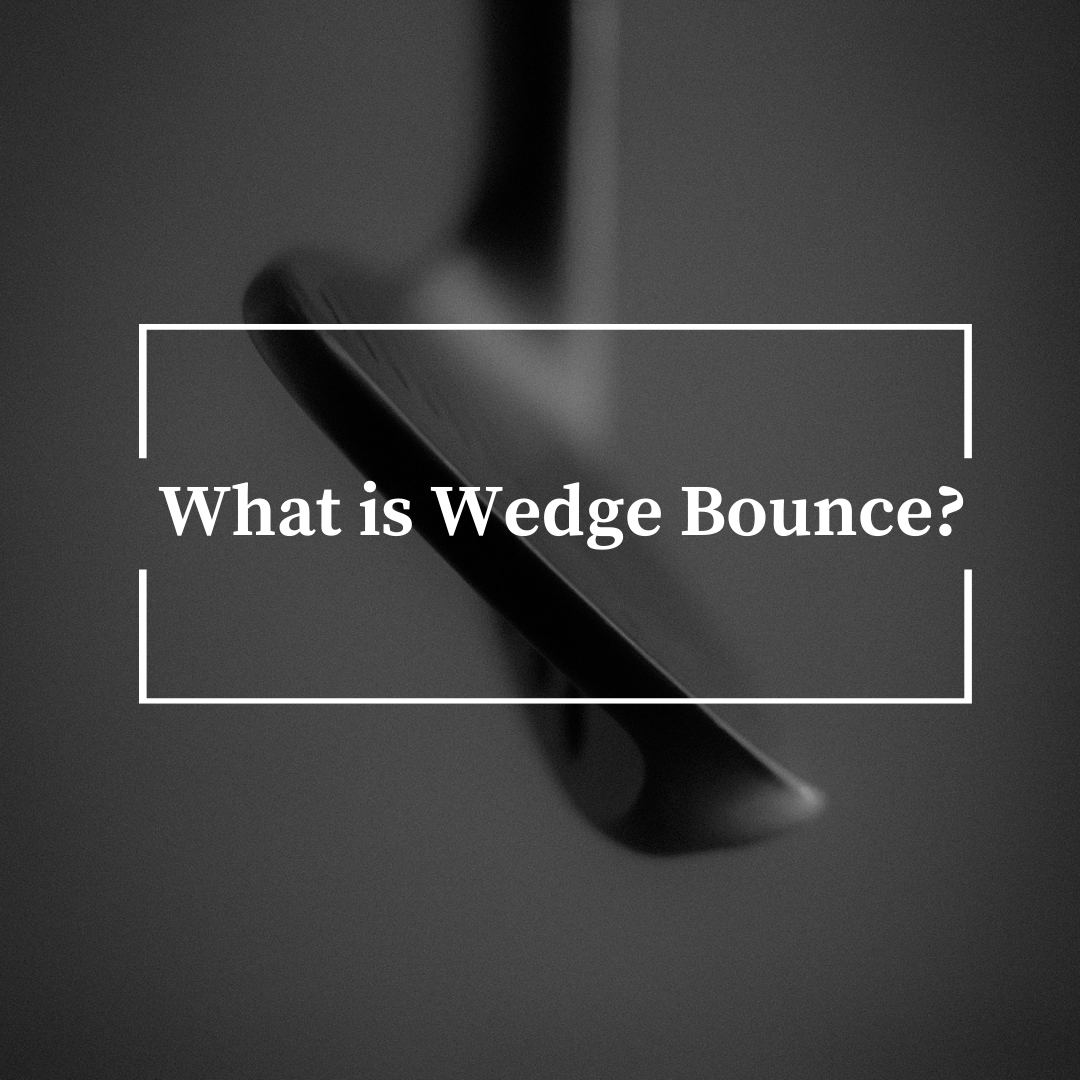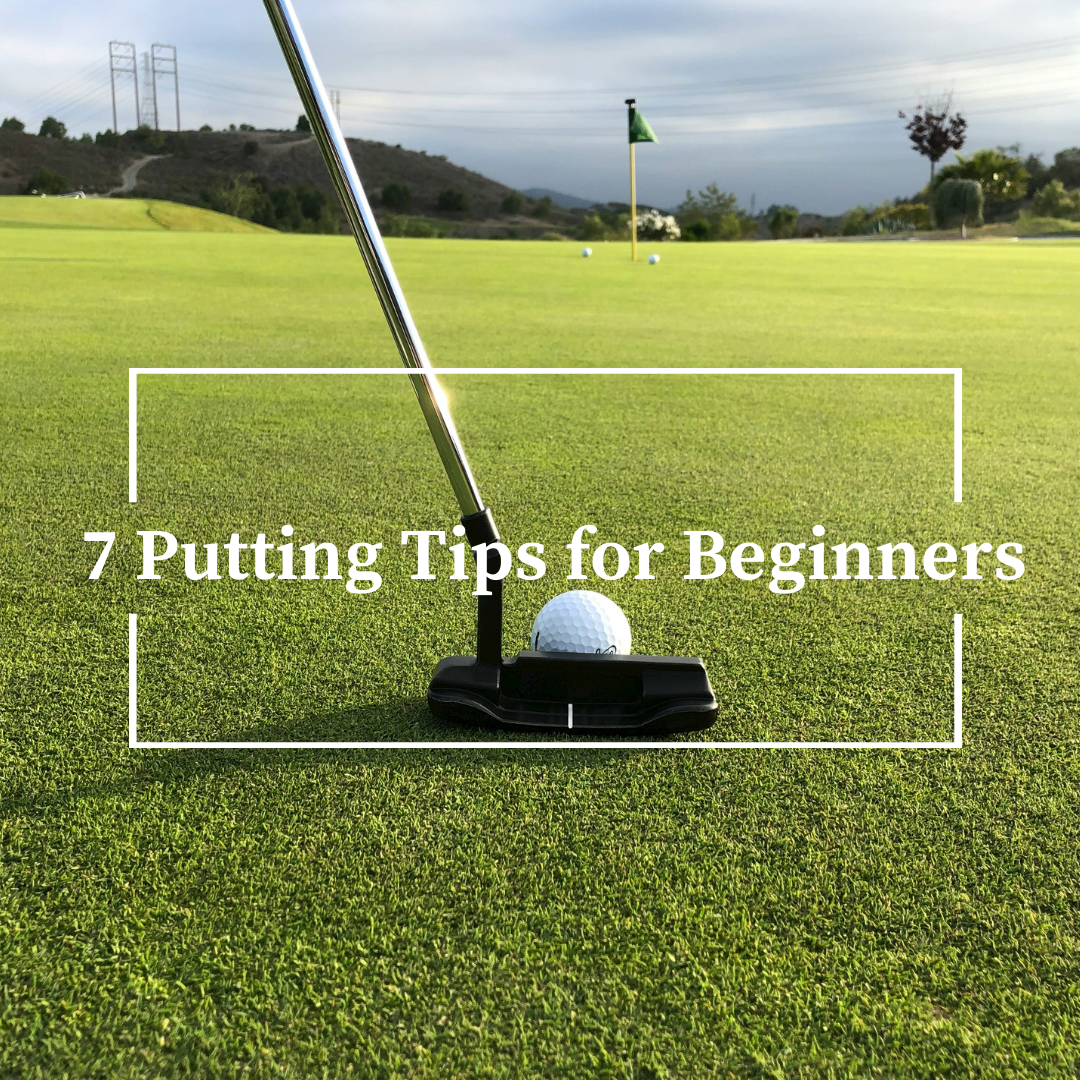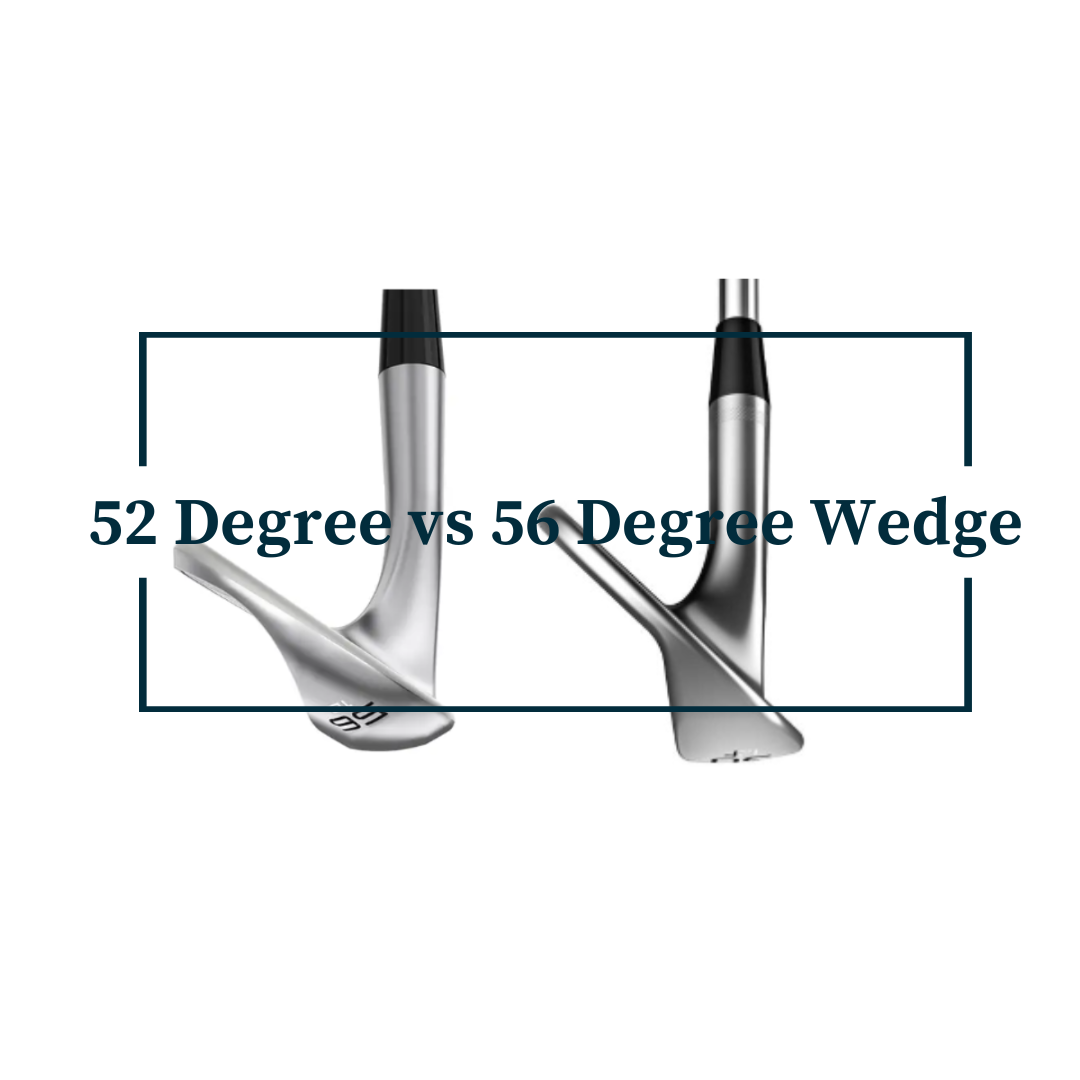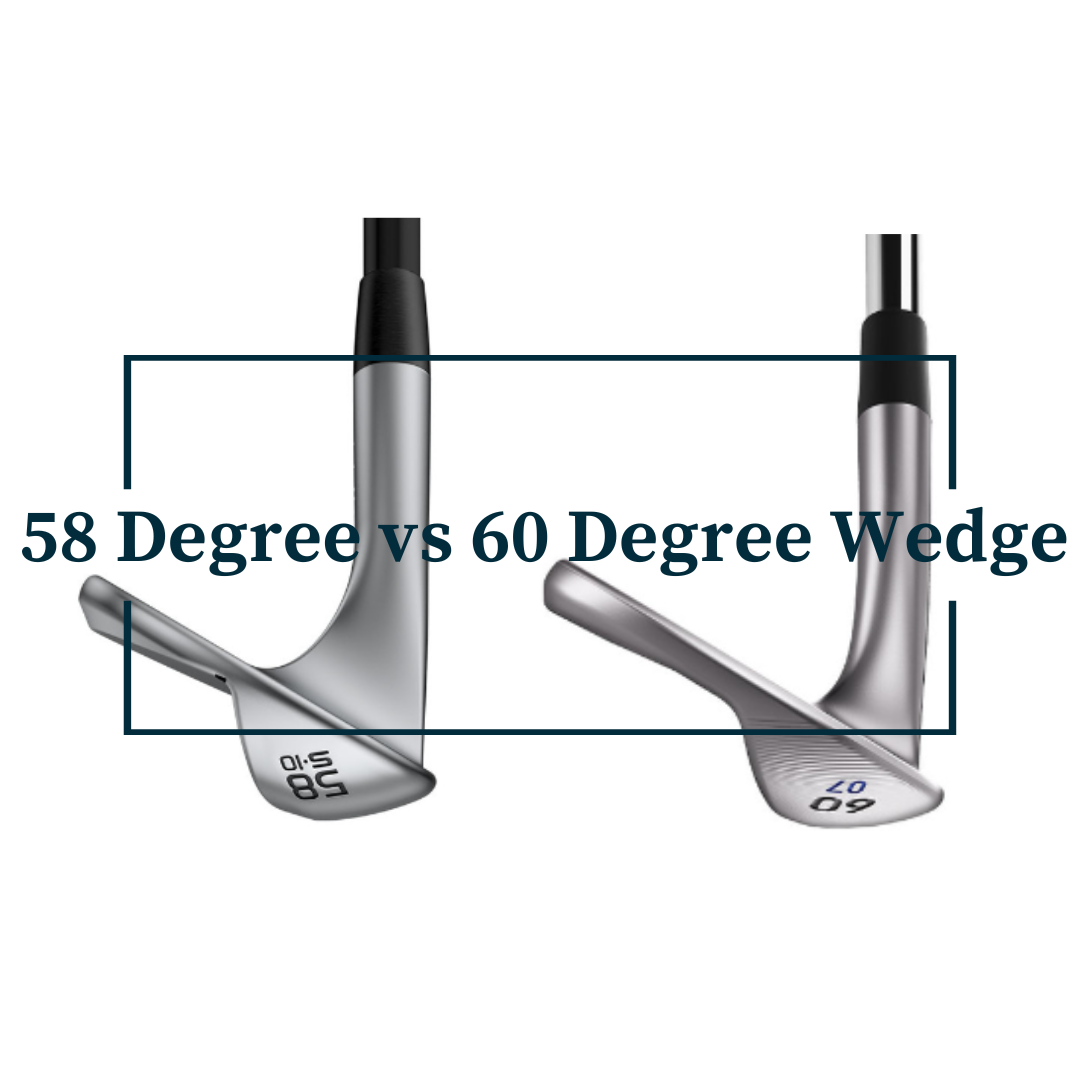Neither the 52 degree or 56 degree wedge is better than the other. They have different purposes and are not competing for the same spot in your bag. Actually it is not uncommon to find both of these wedges in your bag.
The 52 degree wedge is a gap wedge and the 56 degree wedge is a sand wedge.
The question isn’t which wedge should you choose, it is what are the uses of each wedge and how can it help your game.
In this article, I will provide key information on which wedge is best for which situations. So you can decide if the wedges are needed in your bag or not.
Why Use a 52 Degree Wedge?
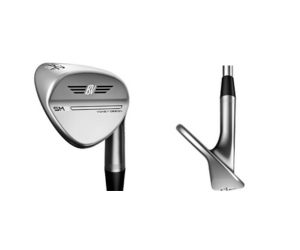
The 52 degree wedge is a gap wedge. As its names states a gap wedge fills the gap between a pitching and sand wedge. This wedge can be used for a variety of shots, including:
Approach Shots: The distance between your pitching and sand wedge is when the gap wedge will come in handy when you are hitting a full shot.
Chipping: around the green. The 52 degree has a lower bounce, which means it will dig in more to the ground when you hit the ball. This is particularly useful in firmer turfs, as you want the club to dig into the ground to get under the ball.
Awkward lies: when chipping around the green. You have found yourself in a sandy hard patch or a divot. The 52 degree is perfect for these situations. With its lower bounce, it will be able to dig into the ground and get under the ball.
Longer bunker shots: a 45-50 yard bunker shot where you need to carry the ball a little longer to get to the green and where it is too far for your 56 degree. You do not want to be smashing your 56 degree out of a bunker as the room for error is high.
Partial chip shots: 30-50 yards from the green.
A 52 degree wedge is a valuable addition to a golfer’s bag. It offers versatility and control, making it a great option for a variety of shots.
Why Use a 56 Degree Wedge?
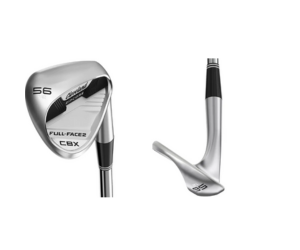
The 56 degree is a sand wedge. It is a higher lofted club and for most of the average golfers it would either be the 2nd highest or highest lofted club in their bag. So, be careful when hitting this club. Do not hit it to hard as it will generate too much spin and go too high. The increase spin will reduce the distance of the shot and when hitting the green the ball will spin back a lot. When hitting this wedge, hit with a 1/2 to 3/4 swing power. This wedge is a finesse club not a power club.
The 56 degree wedge is a versatile club and can be used for a range of shots, including:
Greenside Bunker Shot: the 56 degree main purpose is to hit out of the sand. With its wide sole and higher bounce, it is designed for bunker shots.
Approach shots: like any wedge it is good for hitting approach shots to the green. The yardage of what the distance is will depend on each golfer. Typically, it would be anywhere from 50-80 yards. Remember do not hit full swings, especially if your are a amateur golfer.
Loft shots: when hitting over things to the green. It could be a bunker or tree. With the higher loft it will help you get the ball in the air quickly and landing softly on the green.
Chipping: around the green. For me I am not a big fan of chipping with a 56 degree, as it has too much bounce and loft for my liking, causing too much room for error. But it can be used for chipping if you feel comfortable chipping with the 56 degree.
Rough/Thicker Grass: the 56 degree is great for hitting out of the rough. With its big sole and higher bounce it cuts through the rough getting better contact with the ball.
Partial pitch shots: 30-50 yards from the green.
Should You Use a 52 degree or 56 Degree Wedge?
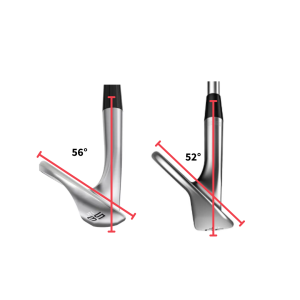
When choosing between a 52 degree and 56 degree wedge, it isn’t a decision you need to make as one or the other. They are not competing for the same spot in your bag. Some golfers will have both of these clubs in their bag and all golfers will have at least one of these clubs in their bag.
Lets look at some factors that will help you decide, if you need them both or only of these wedge in your bag.
Wedge Gapping
The most important of all the factors in choosing is getting your wedge gapping correct. What is meant by gapping is the yardage number between the distance you hit each wedge. This yardage number is going to be determined by the loft of each wedge. As Vokey recommends, there should be a 4-6 degree loft gap between each wedge, which equates to a 10-15 yard gap.
On top of this you need to consider you have a 14 club limit, so typically an average golfer should have 2-3 wedges in their bag:
- Pitching Wedge: 44-48 degrees
- Sand Wedge: 54-56 degrees
- Gap Wedge: 50-52 degrees
- Lob Wedge: 58-62 degrees
The way to work out what wedges you need is work off your pitching wedge. Let us take an example that you have a 44-degree pitching wedge:
- Pitching Wedge: 44-Degree
- Gap Wedge: 50-Degree
- Sand Wedge: 56-Degree
In this example there is no need for a 52 degree wedge, as you have the appropriate gapping. Instead of a 52 degree, there is a need for a 50 degree gap wedge.
You need to understand your gapping to decide what gap and sand wedge you need.
Distance
52 Degree Wedge
I do not have a 52 degree wedge but when I was trying one at the golf store on the simulator. I was hitting on average about 100 yards with a full swing. The distances on average range from 80 to 110 yards.
56 Degree Wedge
When I hit my 56 degree wedge, I hit it on average about 90 yards with a full swing. But the distances can range quite considerably. Anywhere from 30 yards for a partial pitch shot to 100 yards with a full swing.
As noted above you should not be hitting a 56 degree wedge with a full swing. You want to hit it with a 1/2 to 3/4 swing. What this does is maximize your control over the shot, which helps with accuracy, distance and spin control. This is what the purpose of a 56 degree wedge, to maximize control over distance.
Skill Level
52 Degree Wedge
If you are a beginner there is no need to have a 52 degree wedge. A pitching and sand wedge will suffice. As you start to build your skill in the game and your handicap begins to drop. Then is the time to add another wedge into the bag. But this means you need to gap your wedges and ensure you have the right lofted gap wedge.
56 Degree Wedge
The opposite is true for the 56 degree wedge. As a beginner you should start with a sand wedge in the bag. As you become more skilled and based on your wedge gapping you may not need a 56 degree anymore and opt for another loft for your sand wedge.
The Verdict
So, which wedge is better for you, the 52 or the 56 degree? As I stated at the start of the article it is not an either/or decision when it comes to these wedges. As they are not competing for the same spot in your bag. It comes down to the needs of the individual golfer. To determine these needs, it will come down to the gapping of your wedges.
I would recommend the following though:
- if you are beginner, you do not need to worry about a 52 degree wedge. A 56 degree wedge will suffice for the needs of your game.
- As you start to shoot lower scores and increase consistency then start to think about your wedges by introducing a 3rd wedge into the bag. This 3rd wedge will depend on your wedge gapping.
Other Related Articles:
Frequently Asked Questions
Should I carry both a 52 degree and a 56 degree wedge in my golf bag?
It depends on your individual needs. If you are a beginner then no you do not need to carry both wedges in your bag. As you shoot lower scores then there might be a need to carry both wedges.
What are the typical distance ranges for a 52 degree wedge?
A 52-degree wedge can typically be used for shots between 80 to 100 yards. However, the distance range can vary depending on the golfer’s swing speed and technique.
How does a 56 degree wedge perform in bunker shots compared to a 52 degree?
A 56-degree wedge is designed to perform better in bunker shots compared to a 52-degree wedge. It has more loft, wider sole and higher bounce allowing the ball to get more air and spin, making it easier to get out of the sand.
Can a 56 degree wedge be effectively used for full shots, or is it primarily for short game?
You should be avoiding a full shot with a 56-degree wedge. Focus on 1/2 to 3/4 swing power to maximize your shot control. A full shot reduces the control and increases error rate.

